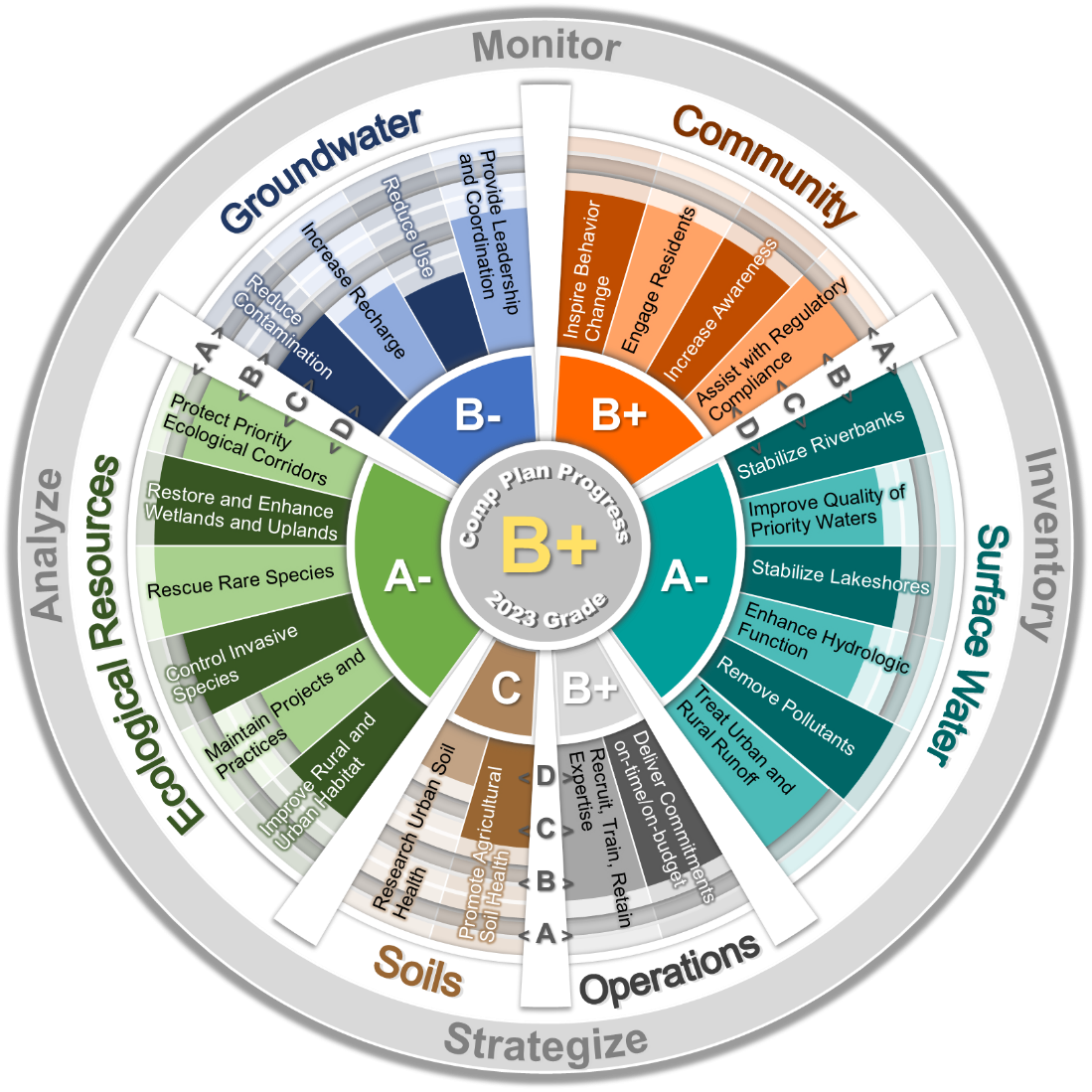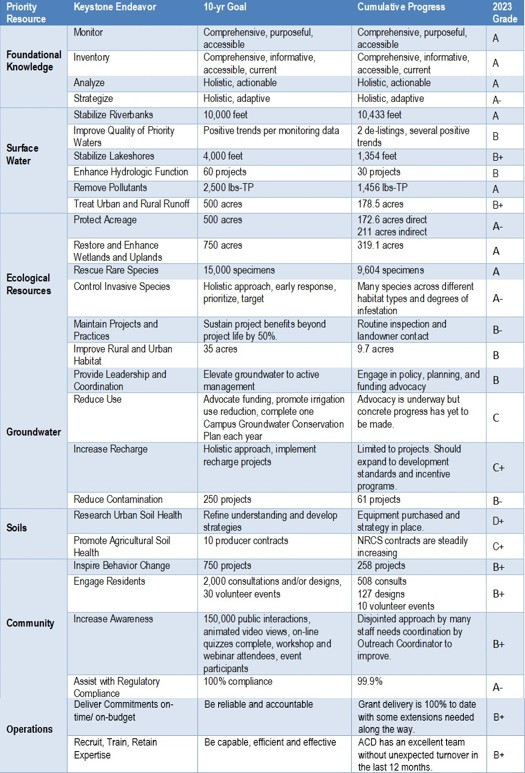ACD operates largely on grant funding. Securing grants enables ACD to provide beneficial services to the public without significantly impacting local taxpayers. In order to keep things progressing smoothly, we dovetail grants, which each allow three to five years to complete, so some grants are being wrapped up while others are coming on line. To lay the foundation for 2025 and beyond, we recently secured several grants and applied for others.
Recent Awards ($756K)
- Soil Health ($20K) – cost share projects that improve water quality and/or soil productivity.
- Pollinator Pathways ($92K) – cost share for projects that provide habitat and connectivity for at-risk pollinators.
- Rum River Metro Watershed Based Implementation Funding - Clean Water Fund ($569K) – analysis, outreach, and projects that improve water quality in priority local water resources in the Rum River Watershed portion of Anoka County.
- Sunrise River Watershed Based Implementation Funding - Clean Water Fund ($75K) - analysis and projects that improve water quality in priority local water resources in the Sunrise River Watershed portion of Anoka County.
Recent Applications ($5,751K)
- Rum River Enhancement, Phase 3- Outdoor Heritage Fund ($1,974K) – Rum River improvements through projects that stabilize eroding riverbanks, reconnect floodplains, restore wild rice populations, and restore adjacent wetlands, forests and prairies
- Anoka Sandplain Partnership, Phase 10 - Outdoor Heritage Fund ($2,573K) – ecological enhancement and protection through restoration and preservation programs and projects
- Enhanced Street Sweeping Integrated into 11-County Sub-Watershed Analyses - Clean Water Fund ($330K) – analysis of street sweeping protocols to identify strategies to improve water quality by strategically redirecting current efforts
- Ditch 20 Wetland Restoration Benefiting Typo & Martin Lakes - Clean Water Fund ($221K) – restore hydrology in a large wetland complex upstream of Typo Lake to improve water quality
- Drinking Water Protection Through Subsurface Sewage Treatment Systems Fix Ups ($200K) – provide cost share funds to repair or replace failing septic systems to protect surface and ground water quality
- Targeted Mississippi River Bank Stabilization Focused on Bioengineering, Round 3 - Clean Water Fund ($383K) – provide technical and financial assistance to property owners to address eroding riverbanks on the Mississippi River
- Protecting Groundwater Quality in Anoka County Through Targeted Well Sealing, Phase 2 - Clean Water Fund ($70K) – provide cost share to seal unused wells to protect drinking water quality







